Get to Know the Best Materials for Your Kitchen Makeover
Transforming your kitchen is one of the most impactful ways to refresh your home. While the process can feel overwhelming, especially with so many options available, the key to a successful kitchen makeover lies in choosing the right materials. A well-thought-out combination of beauty, function, and sustainability can turn an everyday kitchen into a showpiece that is also highly efficient.
In this detailed guide, we will explore the top materials for every aspect of your kitchen renovation from countertops, flooring, cabinets, backsplashes, sinks, and even ceiling and wall finishes. By understanding the pros and cons of each, you'll be empowered to make confident, informed decisions that align with your personal style, budget, and day-to-day needs.
Countertops
Countertops set the tone for your kitchen and face heavy daily use. Choosing the right surface means balancing looks, durability, and maintenance. Engineered quartz is a popular choice due to its wide color range, low maintenance, and resistance to stains and scratches. Quartz countertops are not made of 100% quartz but are a composite stone engineered from natural quartz and resin. Granite offers natural beauty and excellent durability but needs occasional sealing. Butcher block adds warmth and a rustic appeal but requires frequent oiling to prevent damage. Concrete, though customizable and modern, is prone to cracking and needs sealing to prevent staining.
Cabinets
Cabinets form the backbone of your kitchen's storage and heavily influence the overall aesthetic. Solid wood remains a classic choice for its natural beauty and durability. Plywood, a high-quality engineered wood, is strong and moisture-resistant, making it ideal for semi-custom or custom cabinetry. MDF, or Medium Density Fiberboard, is smooth and budget-friendly, particularly good for painted finishes, though it's more susceptible to moisture damage than wood or plywood.
Flooring
Your kitchen flooring should be able to withstand spills, frequent foot traffic, and regular cleaning. Ceramic and porcelain tiles are popular for their durability, water resistance, and variety in design, though they can be hard and cold underfoot. Vinyl is a cost-effective, waterproof option that can mimic wood or stone and is suitable for DIY projects. Engineered hardwood combines the warmth of wood with greater moisture resistance than solid hardwood. Cork is another alternative, it's soft, eco-friendly, and antimicrobial, but it may require sealing to avoid water damage.
Backsplashes
Though often seen as a decorative feature, backsplashes play a crucial role in protecting your kitchen walls from splashes and stains. Tile remains the most popular choice. Subway tiles provide timeless appeal, while mosaic and patterned tiles offer bold visual interest. Glass backsplashes are sleek and easy to clean, though they can be expensive. Stainless steel works well in industrial or modern kitchens and is very durable but may show fingerprints. Stone backsplashes, such as marble or granite, can add a touch of luxury, though they often need sealing and more maintenance.
Sinks
The kitchen sink sees constant use, so material and design matter significantly. Stainless steel is the most common sink material thanks to its affordability, durability, and universal appeal. Fireclay sinks, usually seen in farmhouse styles, offer high-end aesthetics and resist stains and scratches. Granite composite sinks are tough, heat-resistant, and available in a range of colors, though they tend to be heavier and more costly than other options.
Walls and Ceilings
While walls and ceilings may seem secondary in a kitchen remodel, they contribute greatly to the ambiance and practicality of the space. Using high-quality, washable paint in a satin or semi-gloss finish is a smart move, as these finishes are easier to clean and resist moisture better. Wall treatments like shiplap, beadboard, or reclaimed wood add texture and personality. For ceilings, consider features such as exposed beams or tongue-and-groove panels, which can bring architectural depth and charm to your kitchen environment.
Combining Style with Function
When selecting materials, it's important to find a balance between style and practicality. Consider how each surface will be used on a daily basis. For example, a countertop might need to handle hot pans, sharp knives, and messy spills, while flooring must stand up to foot traffic and potential water exposure. Cabinets should offer sufficient storage while fitting the overall design theme of your kitchen. Materials should not only match your aesthetic but also support your lifestyle, whether you cook daily or entertain guests often.
Layering materials can also enhance your kitchen’s visual appeal. You might pair warm wood flooring with cool stone countertops or contrast minimalist cabinetry with a vibrant backsplash. Don't be afraid to mix textures, smooth quartz beside textured tile or glossy cabinets against matte walls can add depth and interest.
Sustainability and Maintenance
Eco-conscious homeowners are increasingly choosing sustainable materials. Bamboo flooring, reclaimed wood cabinets, and recycled glass countertops are becoming popular alternatives. These not only reduce your environmental impact but also give your kitchen a unique and natural aesthetic. However, keep in mind the maintenance needs of each material. Some sustainable options may require more care, like sealing or refinishing, but the tradeoff can be worth it in the long run for a healthier home and planet.
Durability and maintenance requirements are also critical considerations. While high-maintenance materials like marble look stunning, they might not be practical for busy households. Always ask how much upkeep is involved before making a decision. Opting for materials that require less maintenance—like quartz for counters or vinyl for flooring—can save time and money over the years.
Enhancing Lighting and Ventilation
An often overlooked aspect of kitchen remodels is the importance of proper lighting and ventilation, which are critical for both function and ambiance. Natural light can transform a kitchen, making it feel more spacious and inviting. If possible, incorporate larger windows or skylights to brighten the space naturally. For artificial lighting, a mix of task lighting, ambient lighting, and accent lighting helps create a balanced environment. Under-cabinet LED lights, pendant fixtures over islands, and dimmable ceiling lights provide versatility for cooking, dining, and entertaining.
Good ventilation is equally important to maintain air quality and keep the kitchen comfortable. High-quality range hoods effectively remove cooking odors, smoke, and excess moisture. Choosing a hood that matches your kitchen's size and style ensures efficiency and complements the overall design. Proper ventilation also protects cabinetry and walls from grease buildup, extending the life of your remodel.
Final Thoughts on Kitchen Makeover Materials
Choosing the right materials for your kitchen makeover is more than a design decision—it's an investment in your daily comfort and home's value. Whether you opt for low-maintenance quartz countertops, sustainable bamboo floors, or rustic wood cabinets, each choice contributes to the overall experience and longevity of your kitchen. Take time to assess your needs, preferences, and budget. Don't hesitate to blend different textures, finishes, and colors to create a space that reflects your personality while standing the test of time.
Finally, remember that a successful kitchen remodel doesn't have to happen all at once. You can begin with one element—perhaps upgrading the backsplash or installing new flooring—and gradually transform the space. Working with trusted professionals will help you navigate the process and select high-quality materials that will serve your household for years to come.
Ready to start your kitchen makeover? Contact Dorian Construction today to bring your dream kitchen to life with expert guidance and exceptional materials tailored to your style and needs.

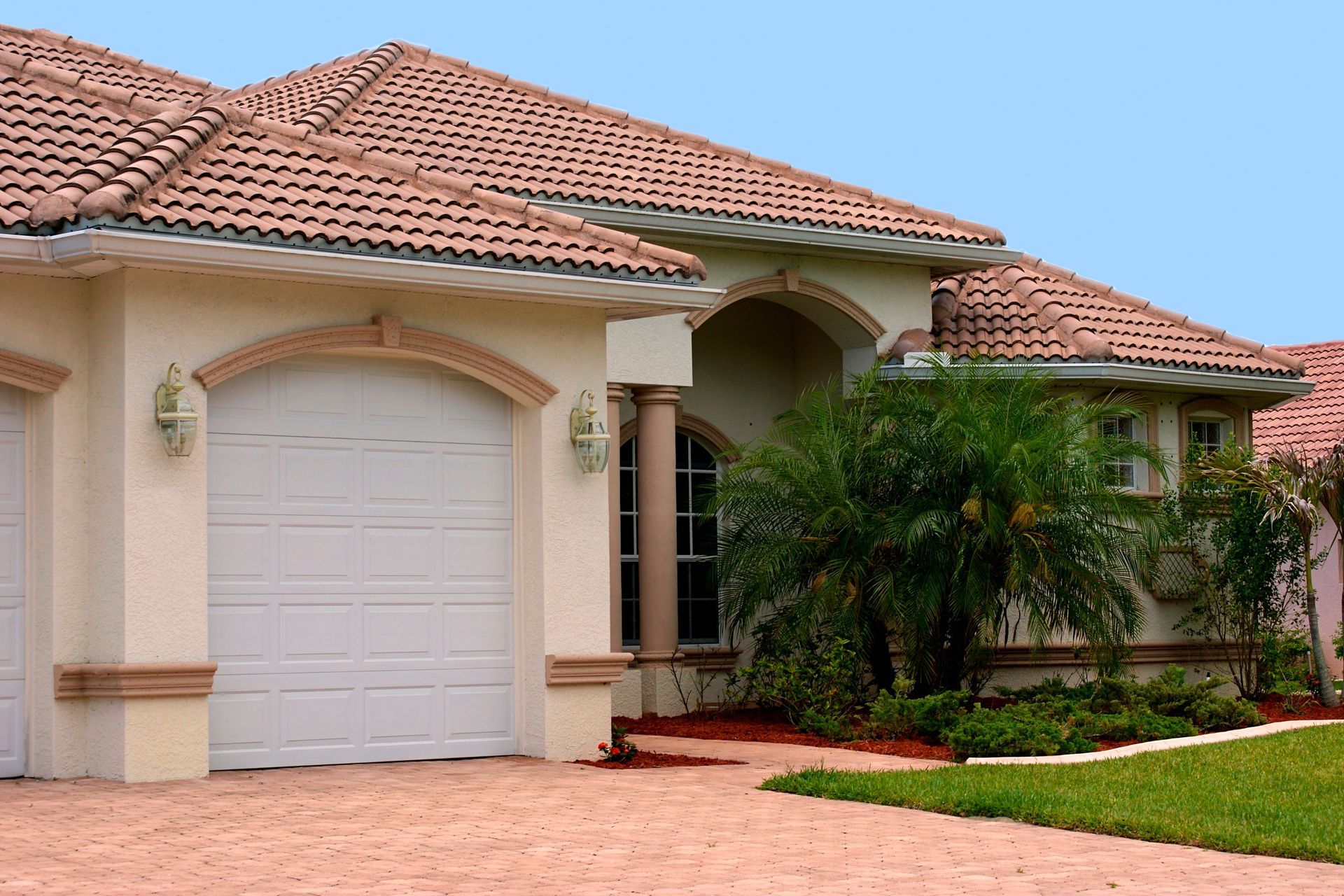
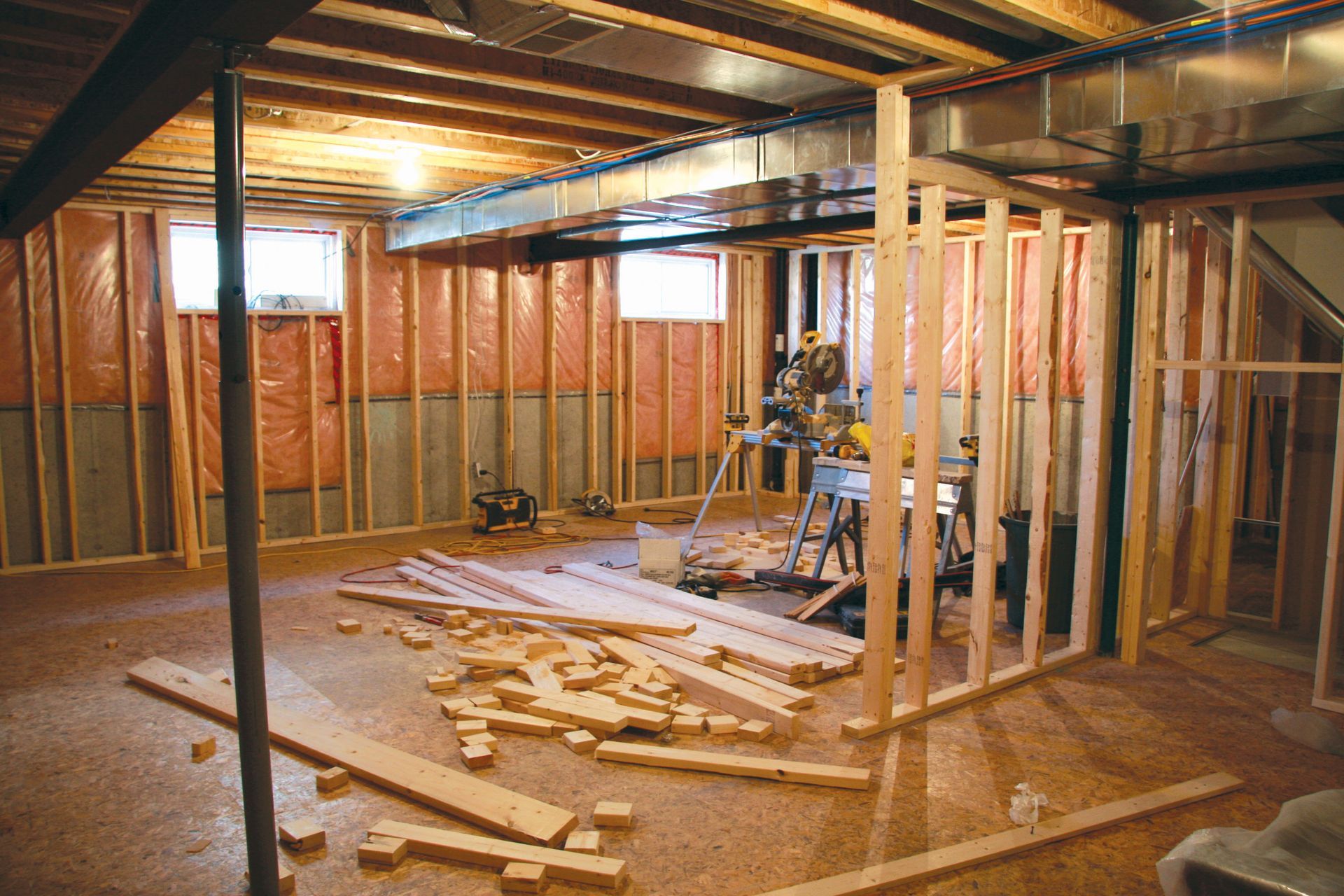
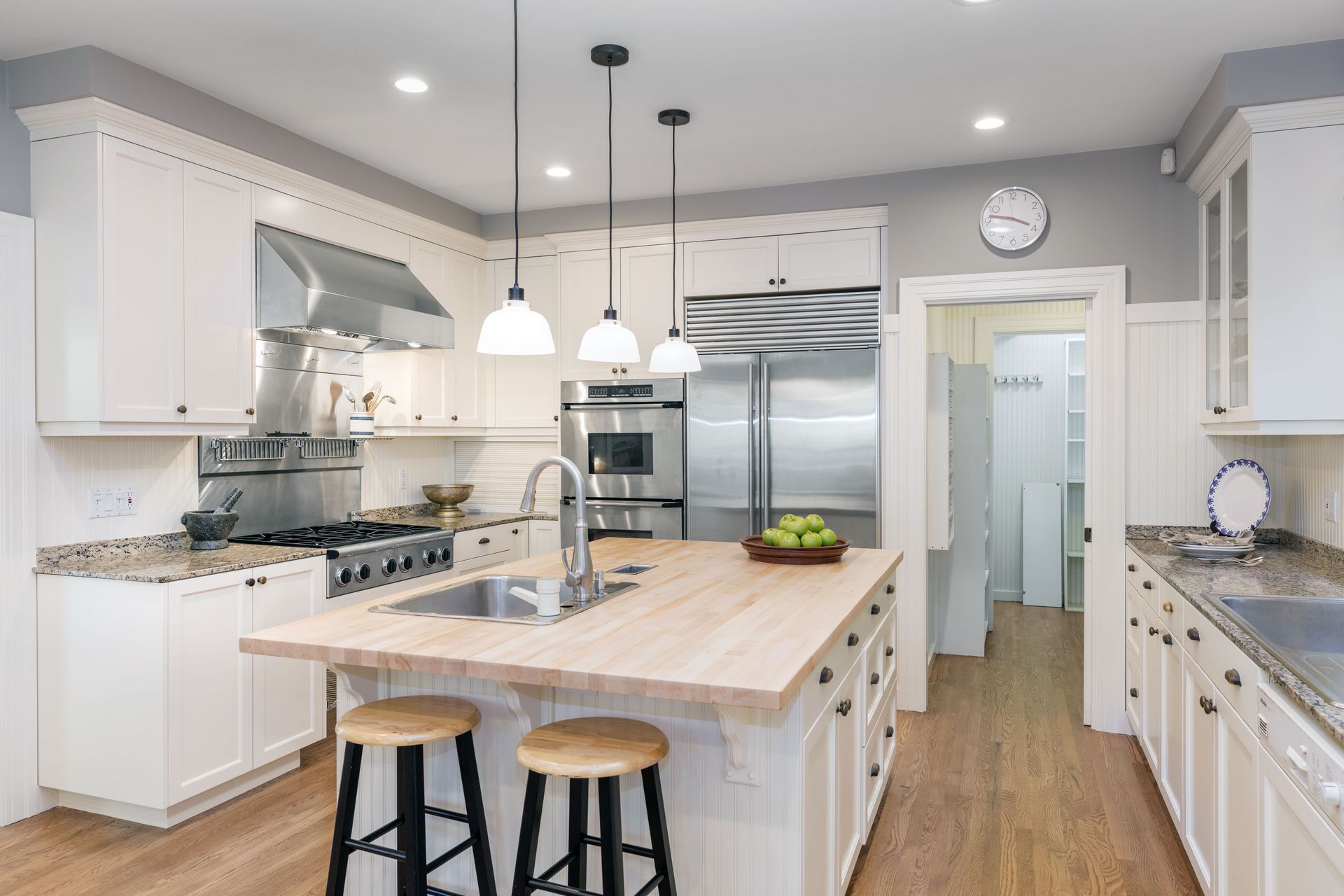
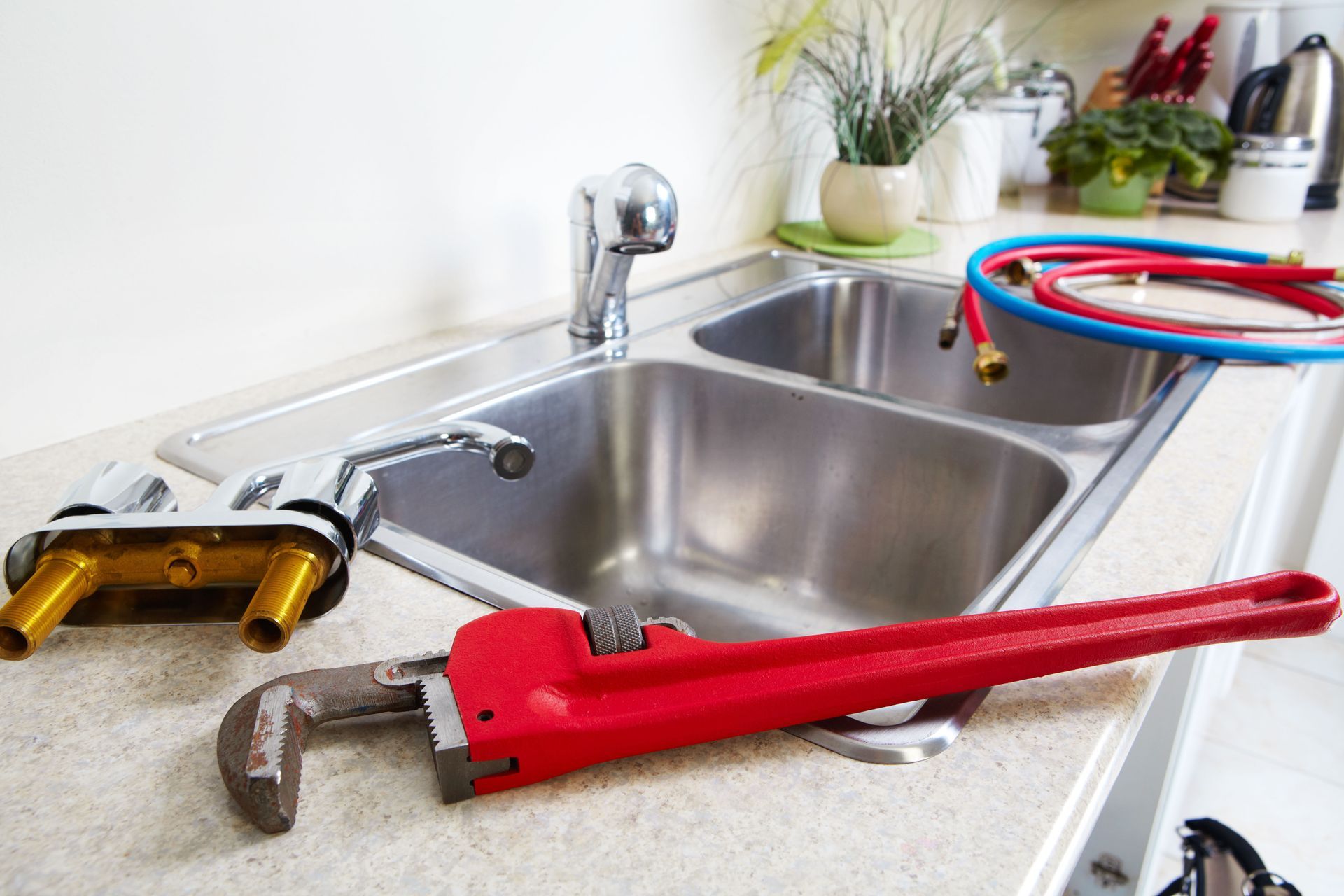
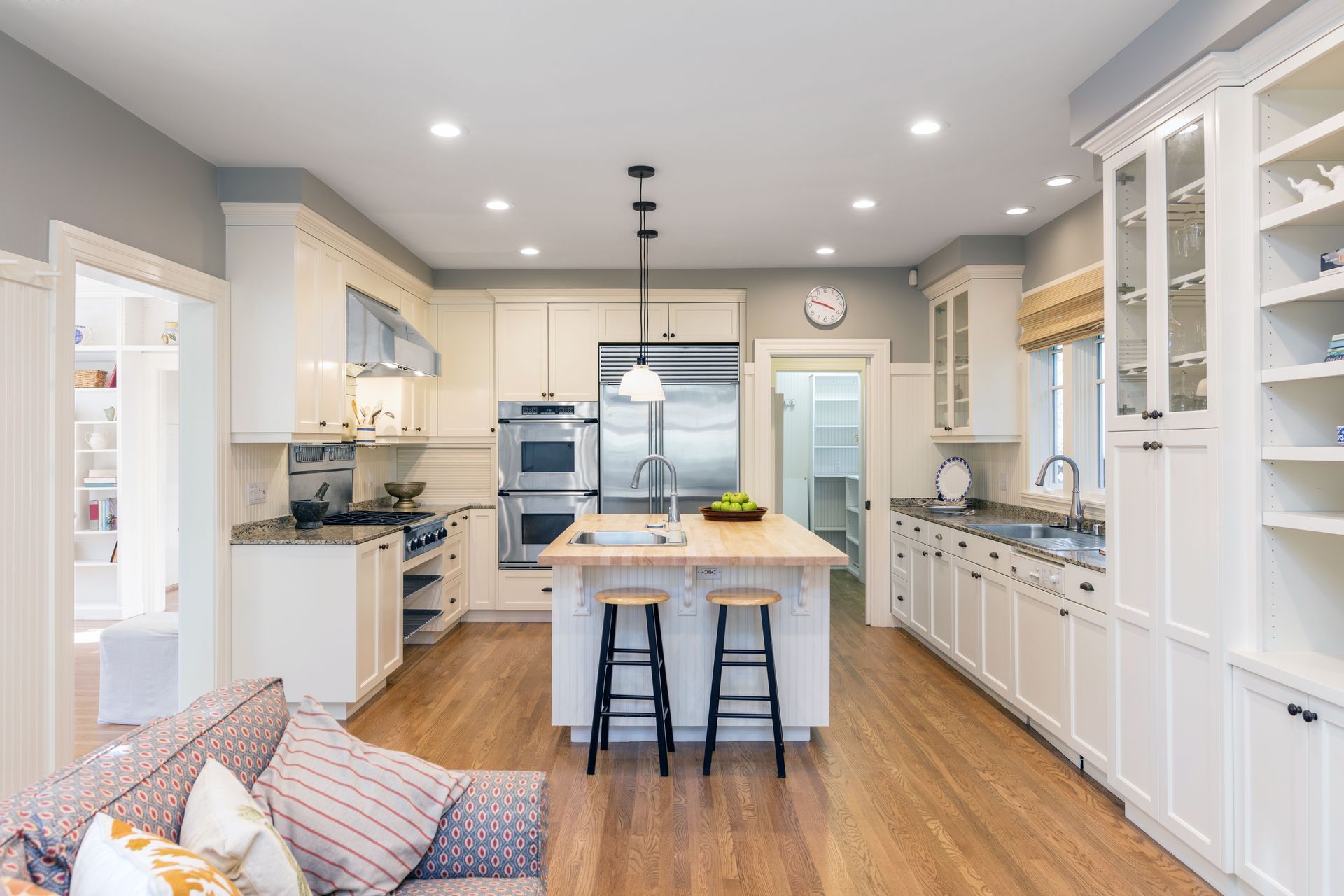
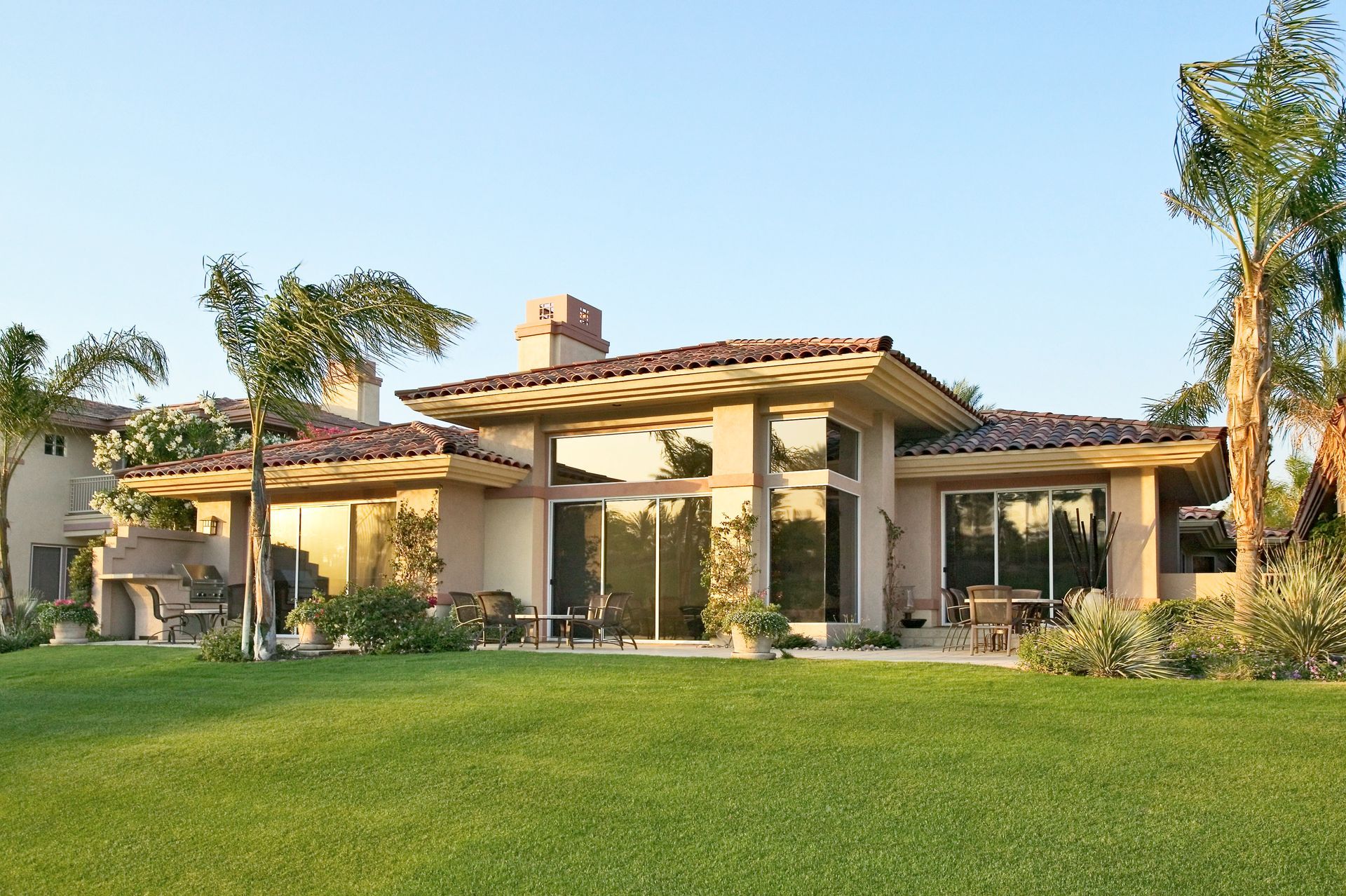
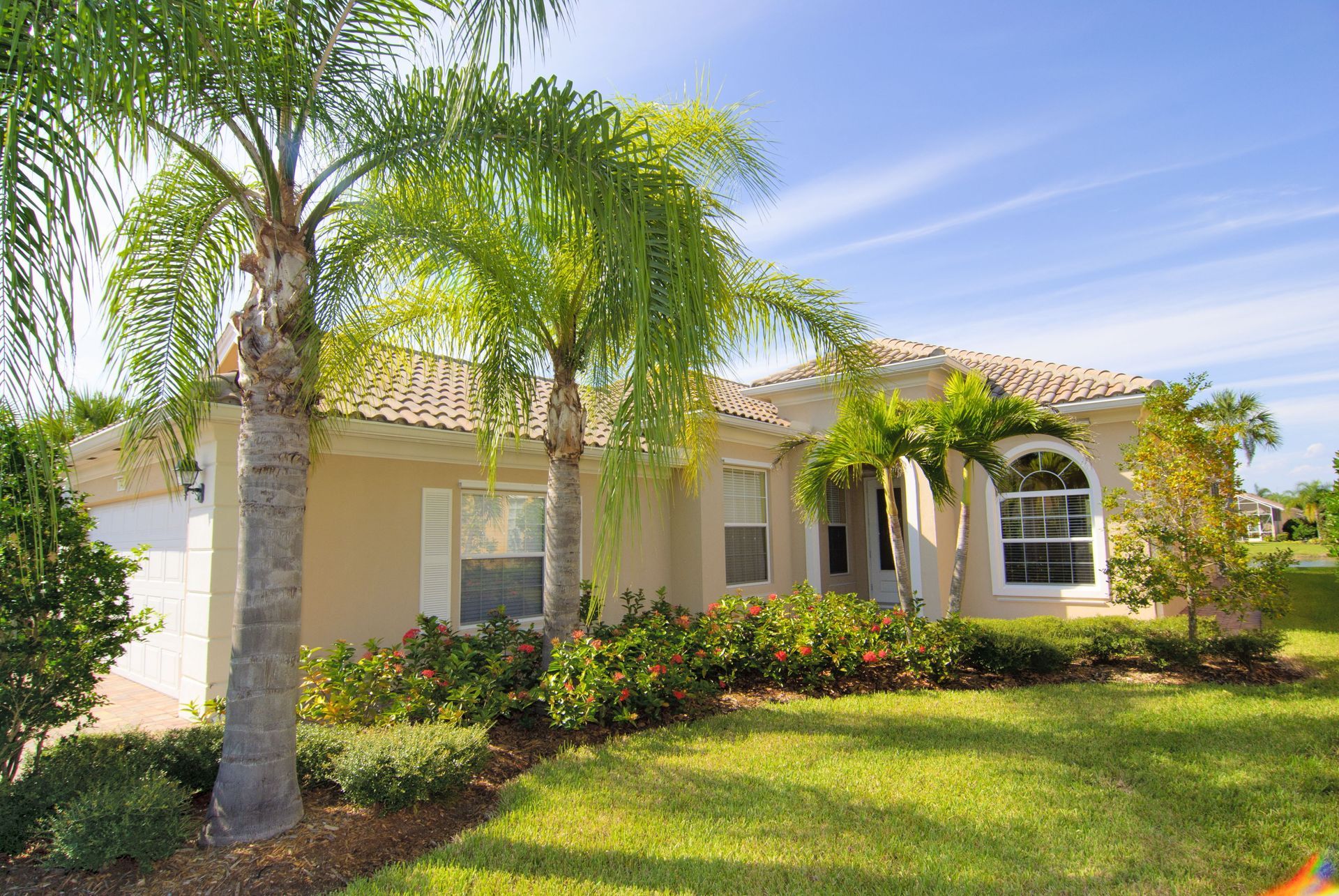
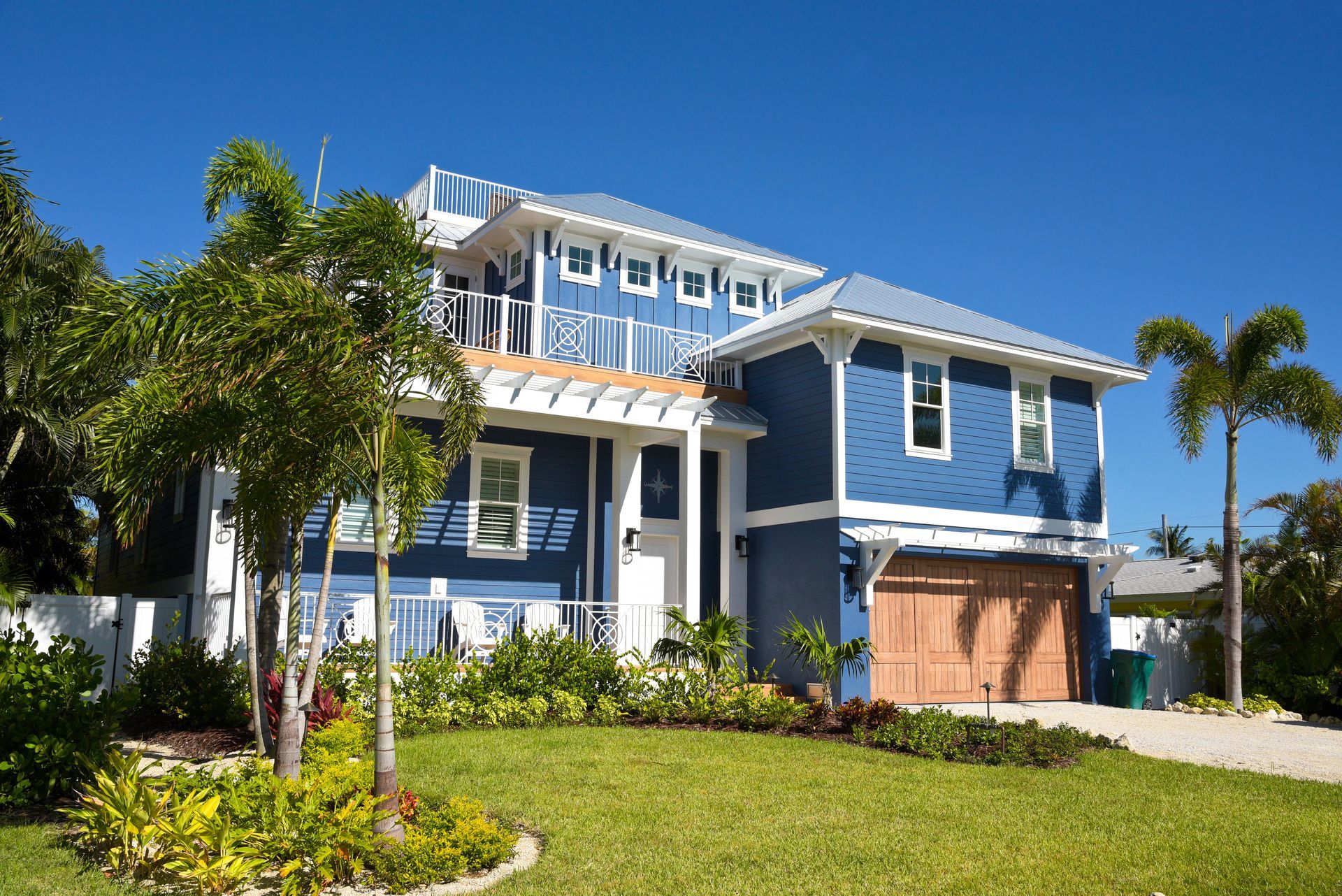

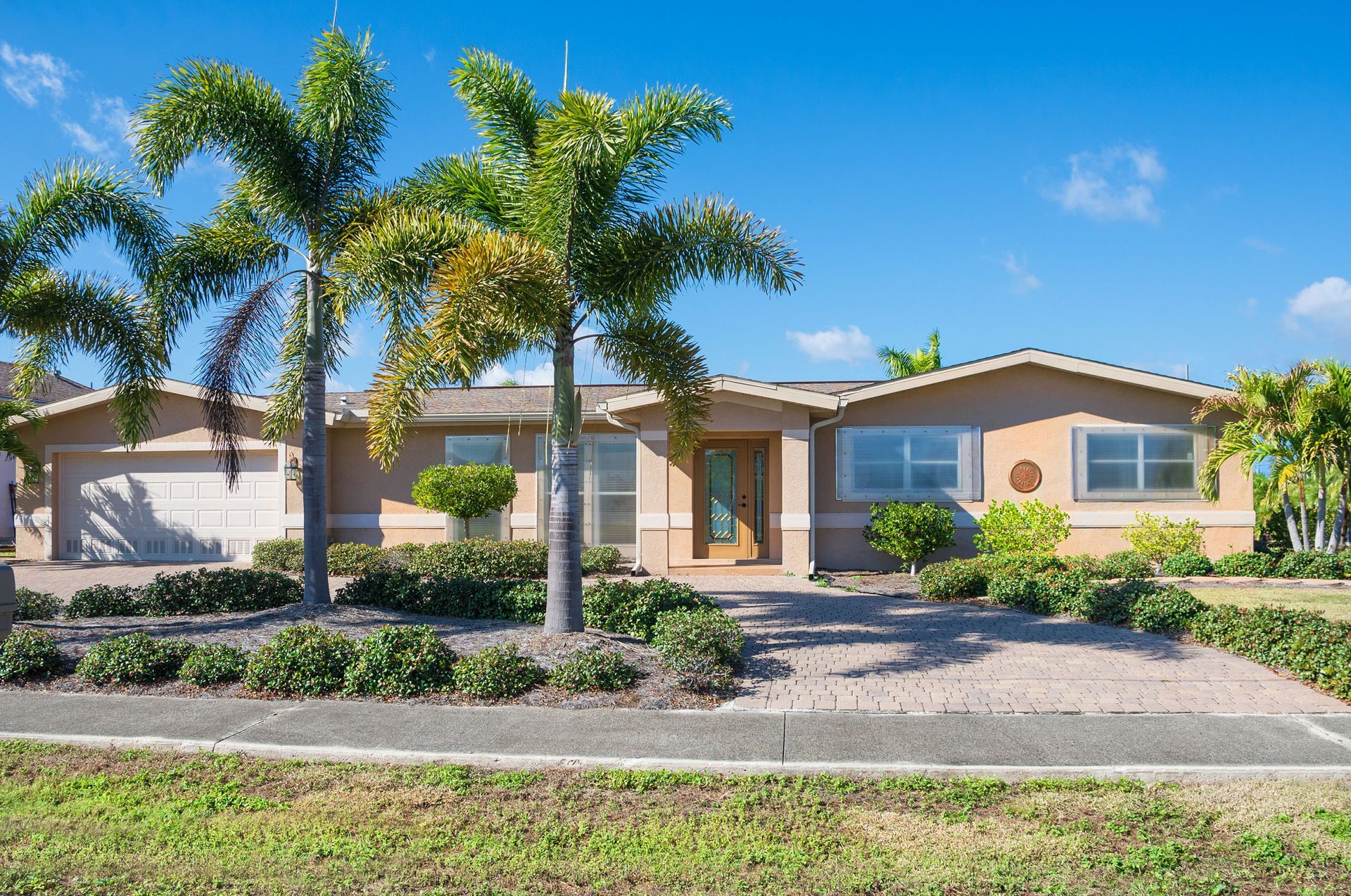

Share On: